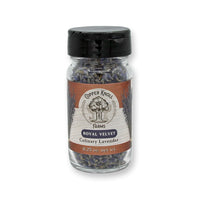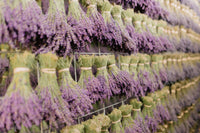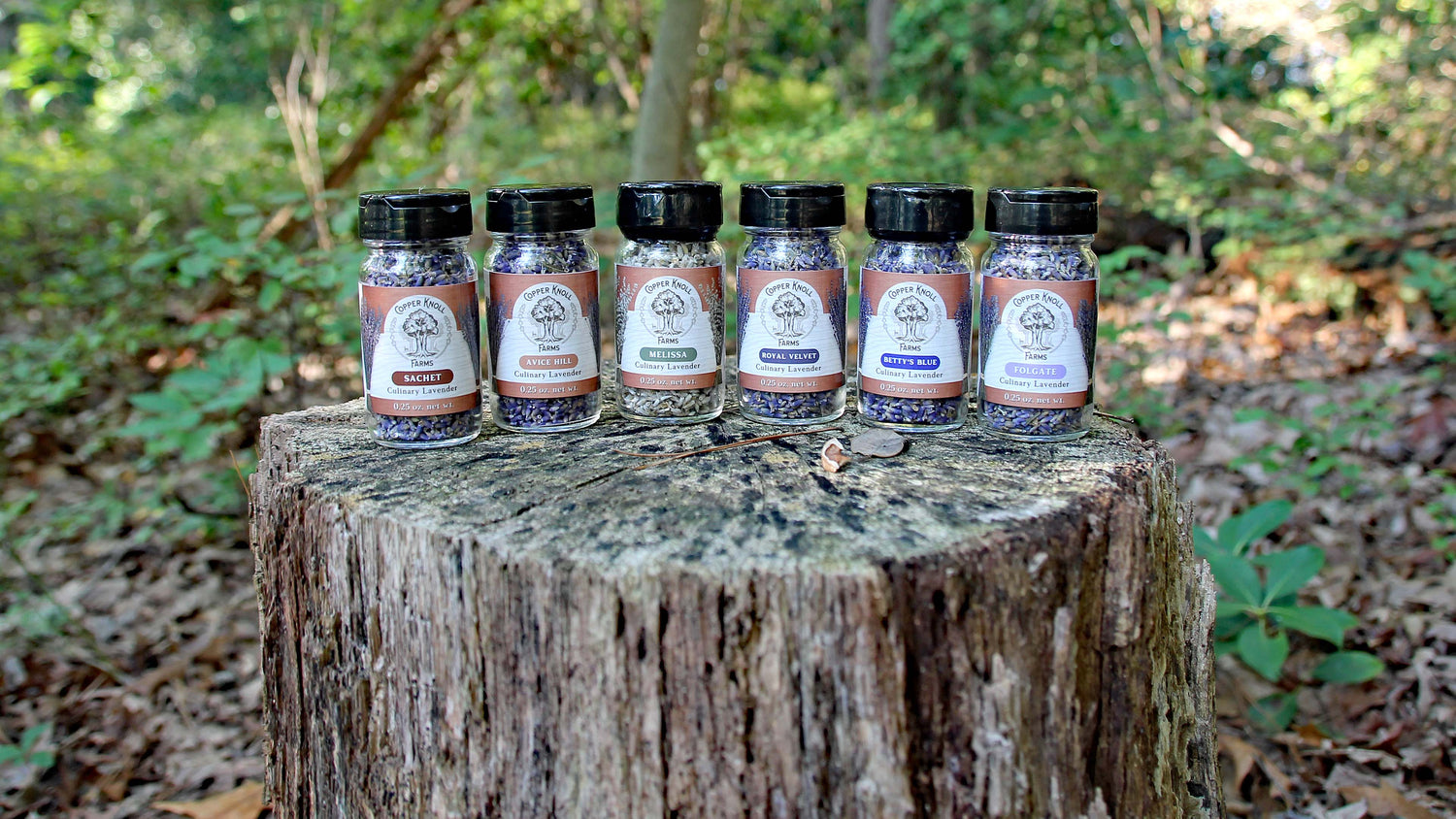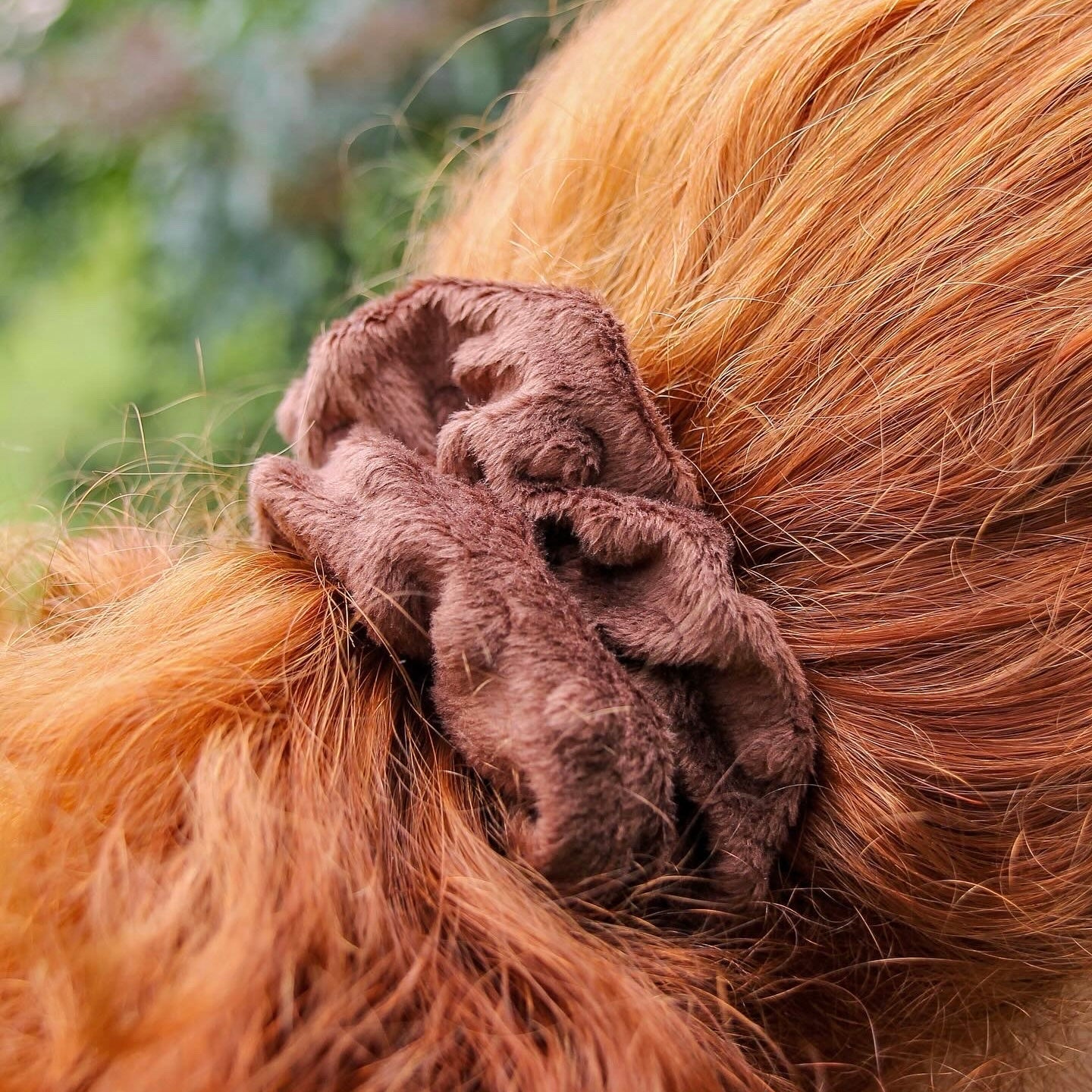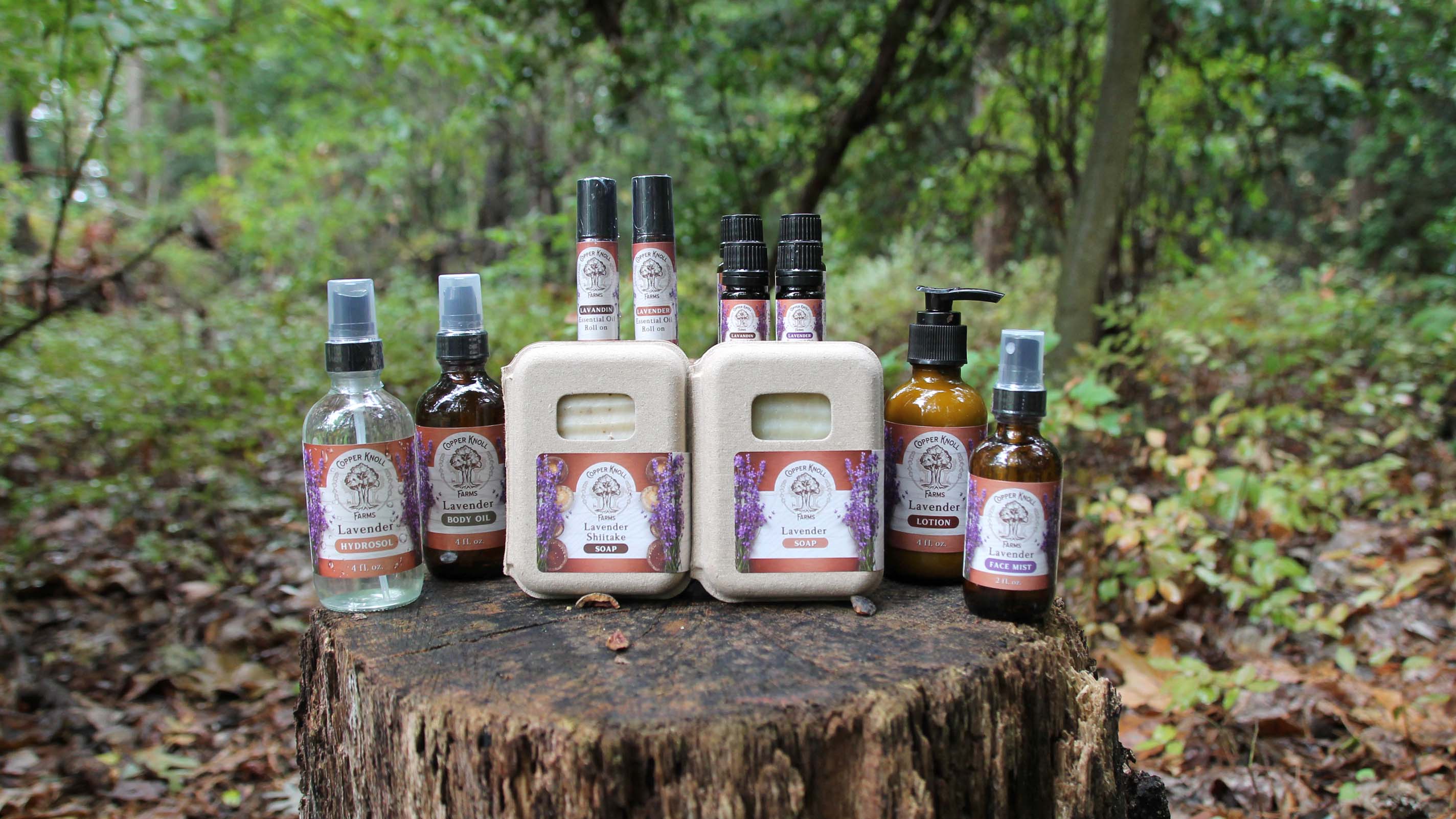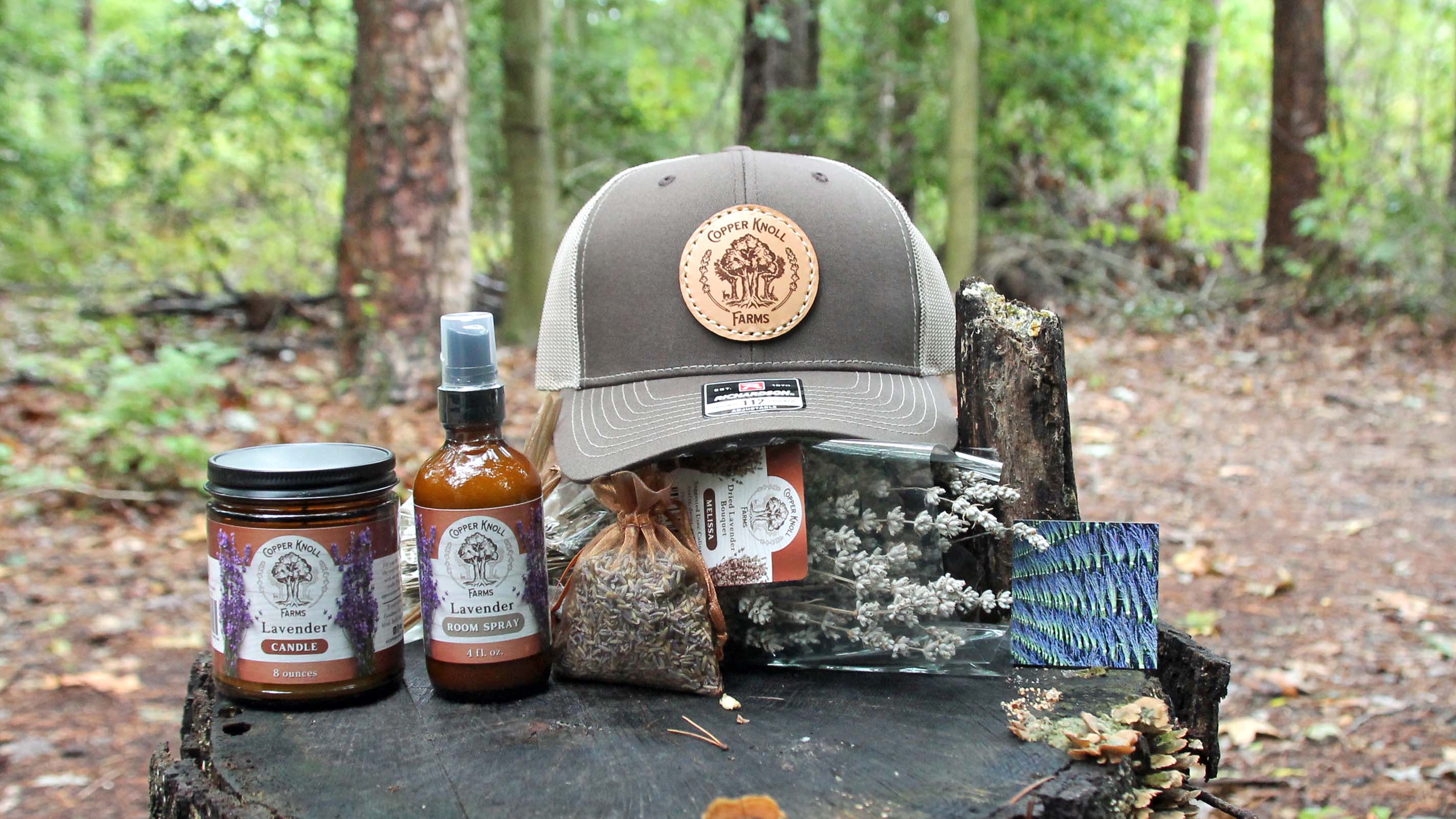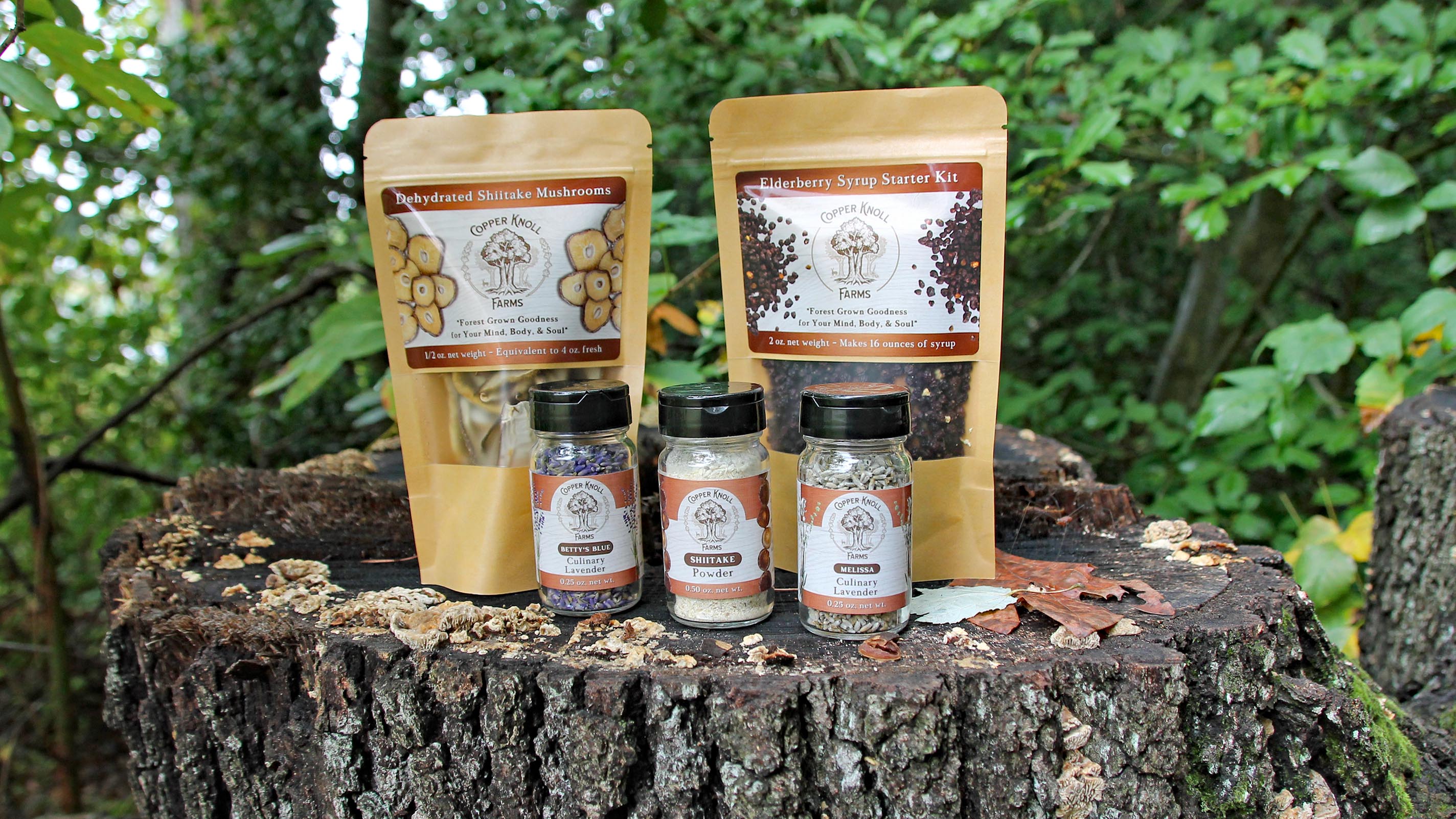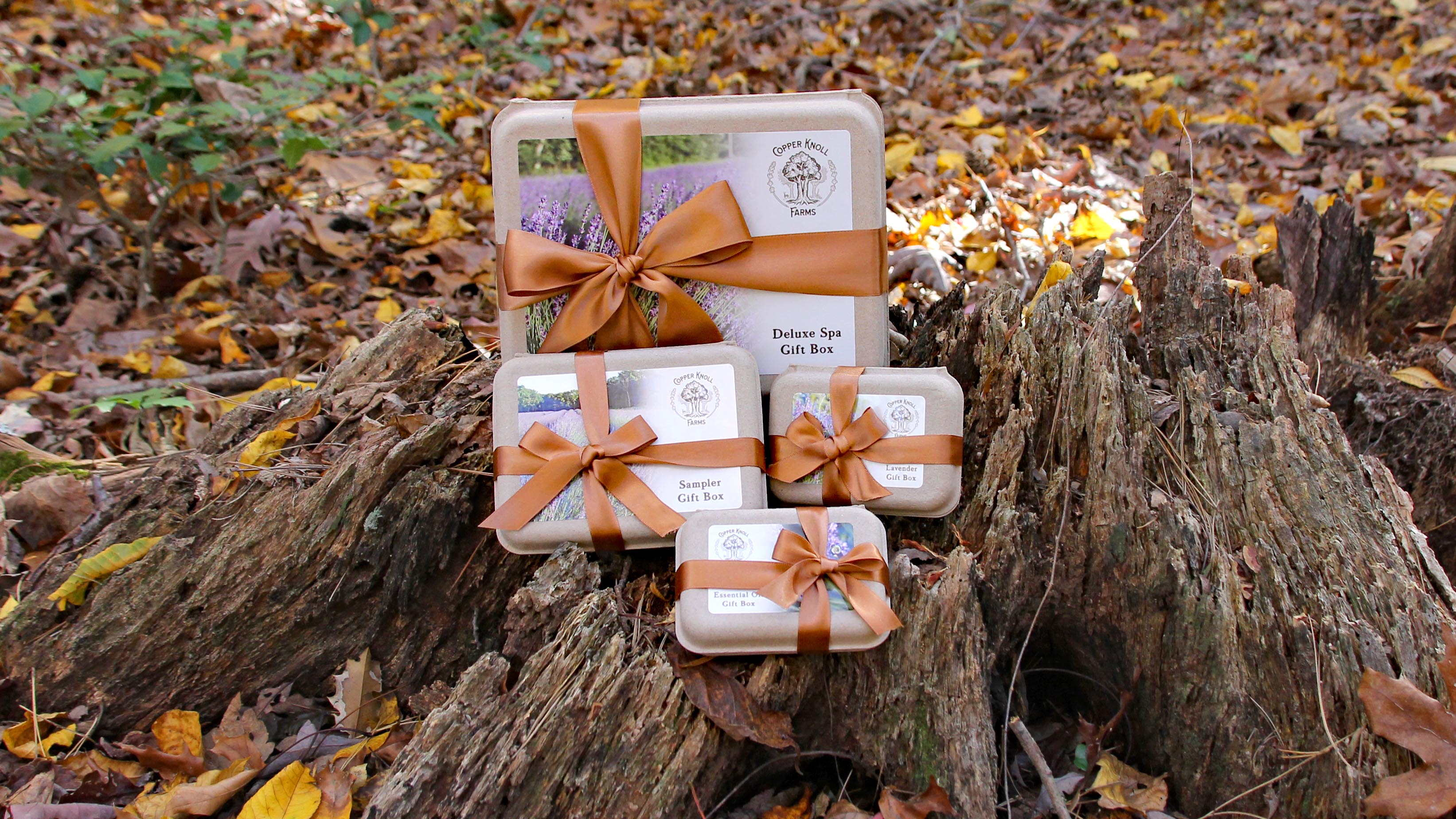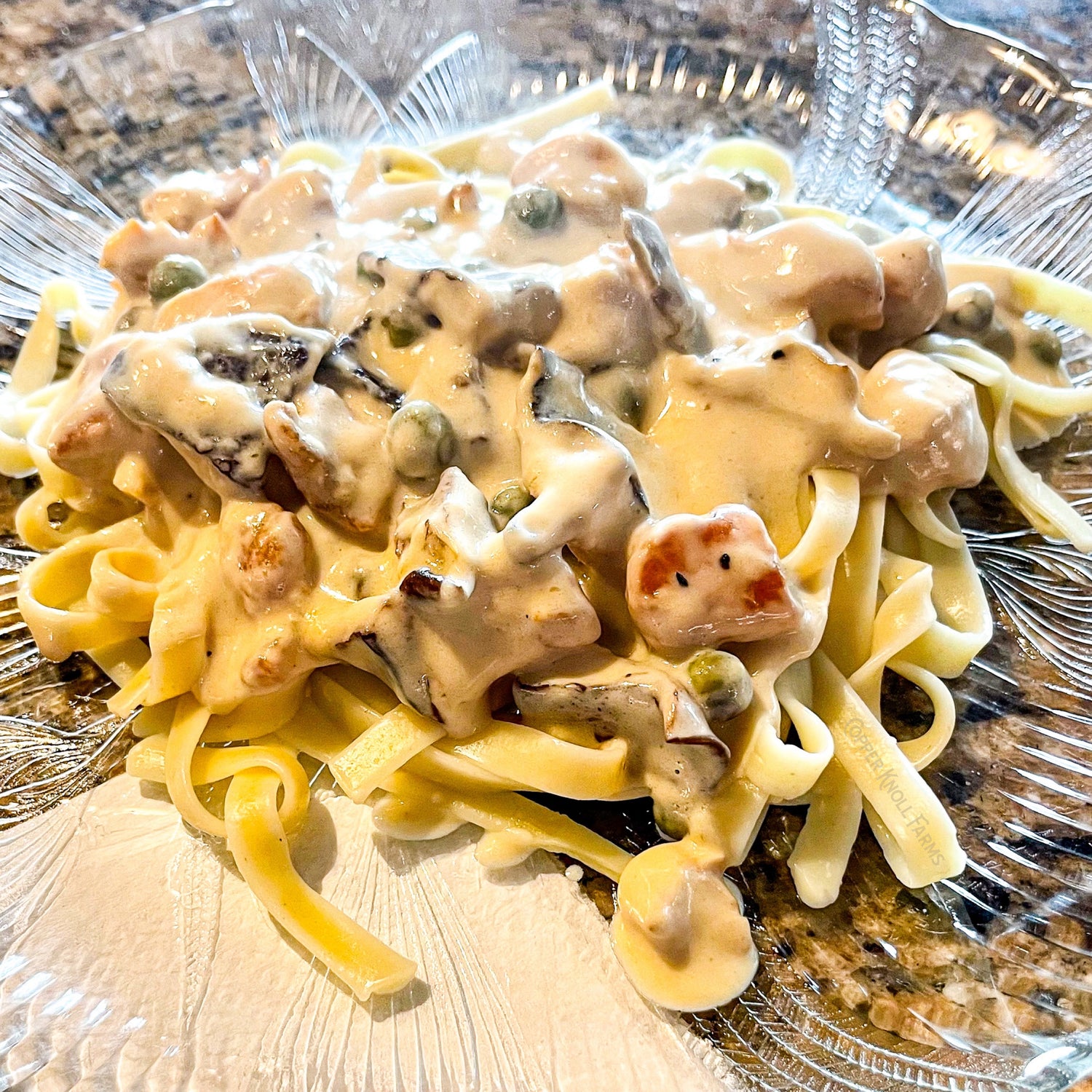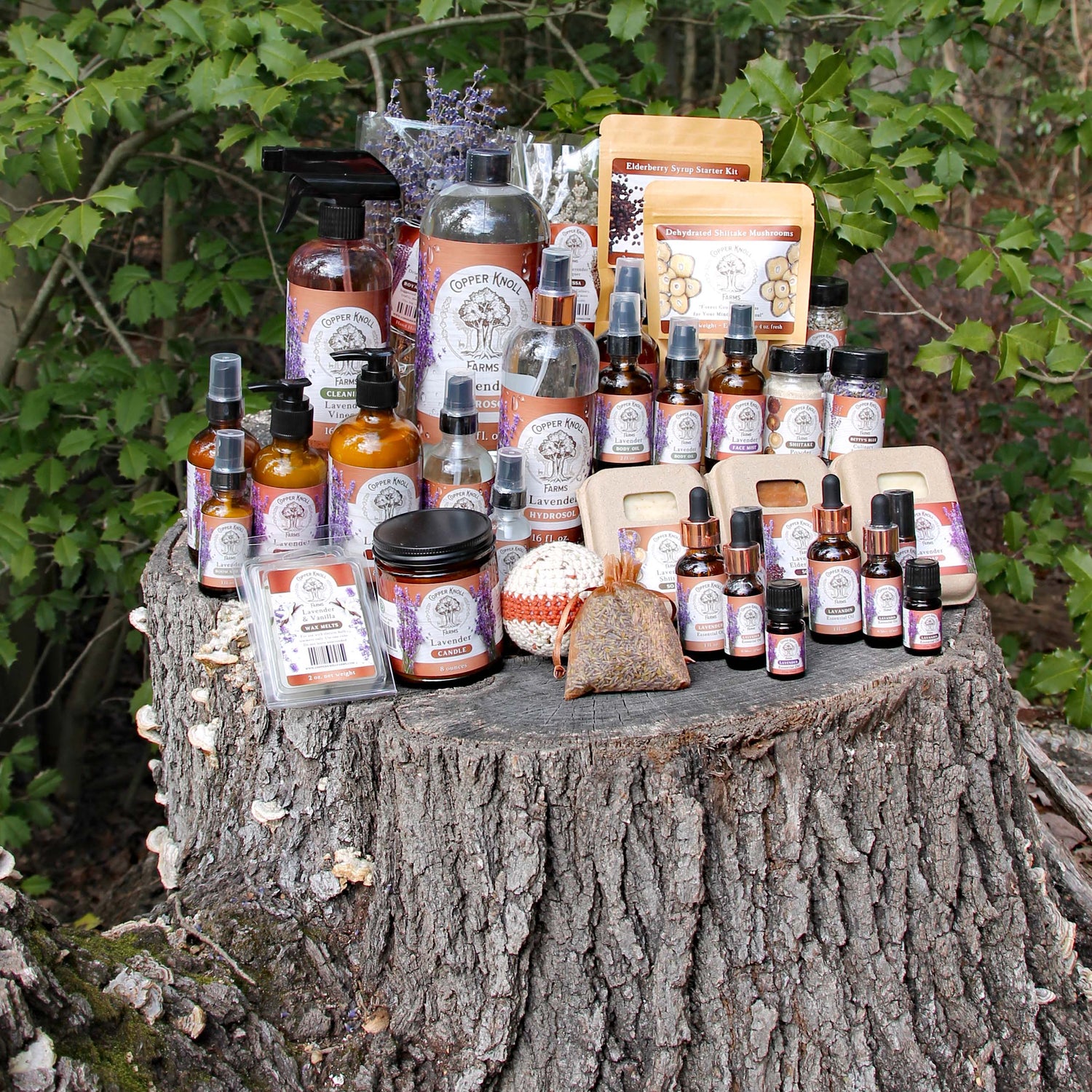Lavender isn’t just a feast for the eyes—it’s a feast for the taste buds, too. But if you’ve ever tried to cook or bake with it, you know not all lavender tastes the same. Each variety has its own distinct character, from soft and subtle to bold and peppery, with notes that can range from citrus and mint to vanilla and spice. Choosing the right variety can mean the difference between a beautifully balanced dish and one that feels a bit… perfumey.
In this guide, we’ll walk through the flavor profiles of some of our favorite culinary lavenders—Avice Hill, Betty’s Blue, Folgate, Melissa, Royal Velvet, and Sachet. Whether you’re looking to add a delicate floral whisper to shortbread cookies, a zesty twist to lemonade, or a bold herbal punch to savory dishes, you’ll discover how each variety shines and where it works best in the kitchen.
Avice Hill
This is a brightly-hued purple culinary lavender with a noticeably smooth, rich taste and hint of herbal goodness. The flavor is a complex, enticing mix of floral, mint, citrus and even faint anise and vanilla notes. Avice Hill marries well with almost all fruits and berries and makes a fine, all-purpose lavender syrup (which can brighten most citrusy beverages and all sorts of dishes). When finely ground, the buds can also add pleasing depth of flavor and aroma to all kinds of baked goods.
Betty's Blue
A pretty purple-blue lavender with a fairly mild taste and aroma, Betty’s Blue includes light floral, citrus and minty notes that point to its roots in the mint family. This pleasant “middle-of-the road” character makes it a good all-round choice for culinary use, especially in desserts and beverages.
Folgate
One of the earliest culinary lavenders to bloom, Folgate has a mild, subtly fruity taste and light, muted herbal aroma. It’s suitable for both sweet and savory recipes, and in baked goods and desserts. It never shouts or draws attention to itself, so makes a perfect choice whenever “just a little touch” of lavender is needed. It also plays well when used along with other herbs and spices, adding depth of flavor, but never stealing the show.
Melissa
This is among the most assertive of the culinary lavenders and most popular of the non-purple varieties. Melissa has a pronounced herbal aroma and flavor with minty, anise and peppery overtones. Add it to spicy recipes like curries, barbecue sauces, chutneys and salad dressings, as well as to savory fare like smoked meats, sausage, and full-bodied soups and stews. It will punch up any ginger-enhanced fare, from gingersnaps to ginger beer!
Royal Velvet
An eye-catching saturated purple lavender in the field, Royal Velvet has a light mint-floral taste with gentle citrus-spice overtones that make it a popular, versatile culinary variety. Not too strong, yet not wishy-washy, it intermingles nicely with and adds flavor depth in both sweet and savory dishes and in both baking and cooking.
Sachet
Despite its name, due to its mild scent, Sachet is more appropriate for cooking than filling sachets! Like most culinary lavenders, it combines minty, fruity, and floral elements. Its flavor is light, making it suitable for enhancing drinks, savory and sweet fare, fruit-based dishes and almost any baked good. This medium-purple bloomer is a nice, nuanced choice when you want just a hint of lavender in a recipe.









